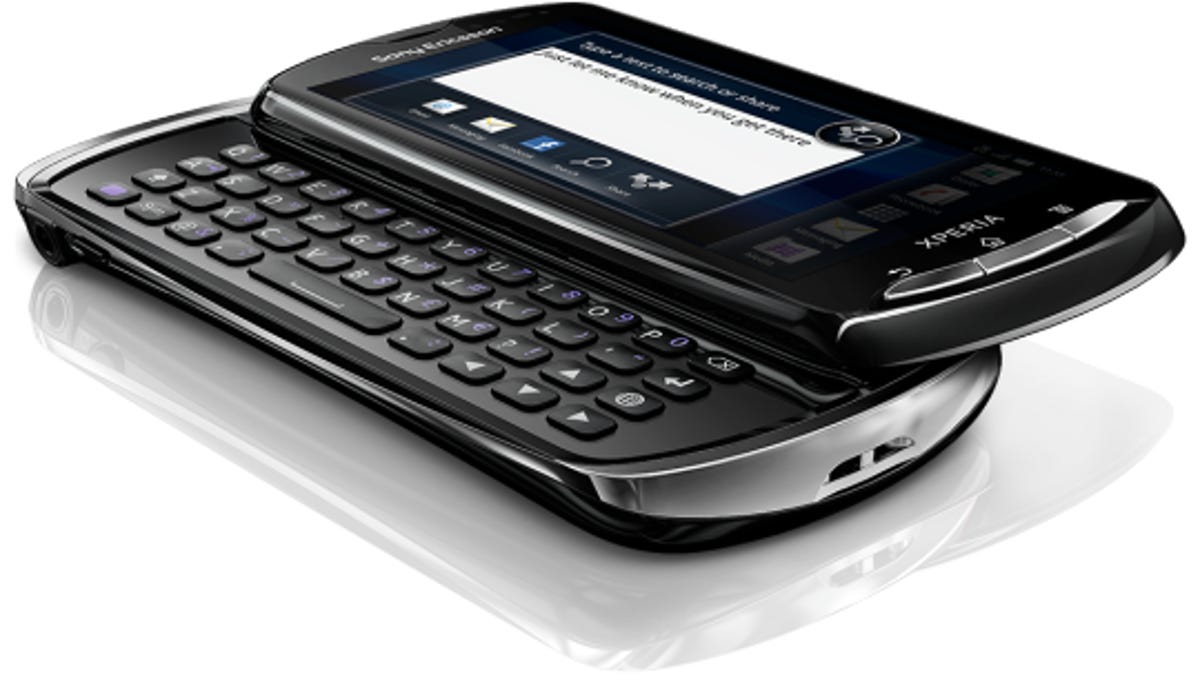Sony Ericsson has tools and vision to become dominant Android player
The Swedish and Japanese conglomerate not only has cutting-edge hardware and software for 2011, more importantly, it has a clear goal.

After a less than perfect start to its Android efforts, Sony Ericsson has hit the ground running in the new year. The company already has introduced four new smartphones since January and CEO Bert Nordberg told CNET at Mobile World Congress that Sony Ericsson is aiming to be the No. 1 Android player in the world.
That's a lofty goal for any company, but especially for Sony Ericsson. Can it really put the Xperia X10 and its software problems behind it and start anew? And, more importantly, what are the tools it needs to claim that top spot?
Given what I've seen so far this year, Sony Ericsson could go on to great things. And it all starts with standout devices like the new Xperia Play and a larger U.S. market penetration.
Software
Sony Ericsson first put the Android industry on notice when it showed up at CES with the Xperia Arc. Here was a company that was no longer content with putting out powerful smartphones that were incapable of running the latest apps and games. Instead, it was ready to mix cutting-edge hardware with the latest in Android software.
Just consider that aside from the Nexus S, the
Features and hardware
Looking forward, I also see Sony Ericsson staying relevant with leading features. The company already has begun demonstrating calls and video over 4G LTE and should now be in the advanced stages of testing. Without nailing down a time frame, CTO Jan Uddenfeldt has said the company expects to have commercial deployment "pretty soon." Though 4G technology is still new, it's good that Sony Ericsson isn't waiting to join the club.
Sony Ericsson should emerge as a dominant hardware player as well. Indeed, the Xperia Arc's hardware was stunning and the Neo and Pro are equally eye-catching. The company has a long history of putting out great displays in particular.
Carriers play a role
Sony Ericsson will need all the help it can get from U.S. carriers if it hopes to beat out Motorola and the other hardware manufacturers. Fortunately, things are off to a good start considering the Xperia Play will be offered through Verizon Wireless. And that's not an exclusive deal, as Uddenfeldt indicated that AT&T and other U.S. carriers may ultimately see the phone.
This trend of releasing one device across multiple carriers has worked thus far for Samsung and LG, so I expect Sony Ericsson to follow their lead. Simply offering more smartphones in the United States would help the company reach its planned world domination, but its market share is climbing even now. For example, though the Xperia X10 barely made it to AT&T, Sony Ericsson managed to scrape together 14 percent of the Android market share worldwide. Imagine if it were to release two or three phones across multiple carriers.
Beyond smartphones
Tablets have quickly become a key segment of the mobile industry, but Sony Ericsson has yet to focus on this market publicly. Behind the scenes, however, it's rumored to be hard at work on at least one device, the S1. According to information recently obtained by Engadget, the company is prepping a 9.4-inch Honeycomb tablet with dual-core processors and a custom user experience.
This tablet has been confirmed to feature the same PlayStation certification that the Xperia Play has, indicating it may double as a full-on gaming tablet. Although we may not see this until the second half of the year, I get the sense that Sony Ericsson is trying to expand its reach by incorporating as many signature services (Bravia, Vaio, PlayStation, Qriocity) as possible. If this happens its smartphones and tablets will truly be able to integrate with many other products in ways that the competition could only hope for.
With feature phones still outnumbering smartphones, there is plenty of time and opportunity for new names at the top of the Android heap. Samsung, Motorola, and LG have have been making phones for years, but companies like Dell, Acer, and Toshiba have established lines of Android smartphones and tablets. And in that same time, Sony has been making every type of electronics and personal tech device imaginable. Perhaps 2011 will see a perfect storm of convergence for the company.

